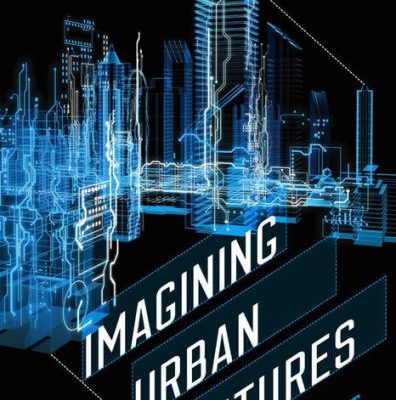[Reading Response: William Tsuitsui]
This article challenges the notion that kaiju eiga as Japanese pop culture is all about darkness and pessimism in the apocalyptic imagination, derived from traumatized self-reflection under the shade of atomic weapons in WWII and the arms race during the Cold War, as well as the historical vulnerability due to Japanese geographical conditions. But it sheds light to the optimistic side of urban catastrophe and the pleasure that such apocalypses provide to audiences. The unrealistically expeditious self-healing quality proves such fictional destruction is merely a “secure horror”—the evil would eventually be defeated by concerted efforts—or the torn down buildings

